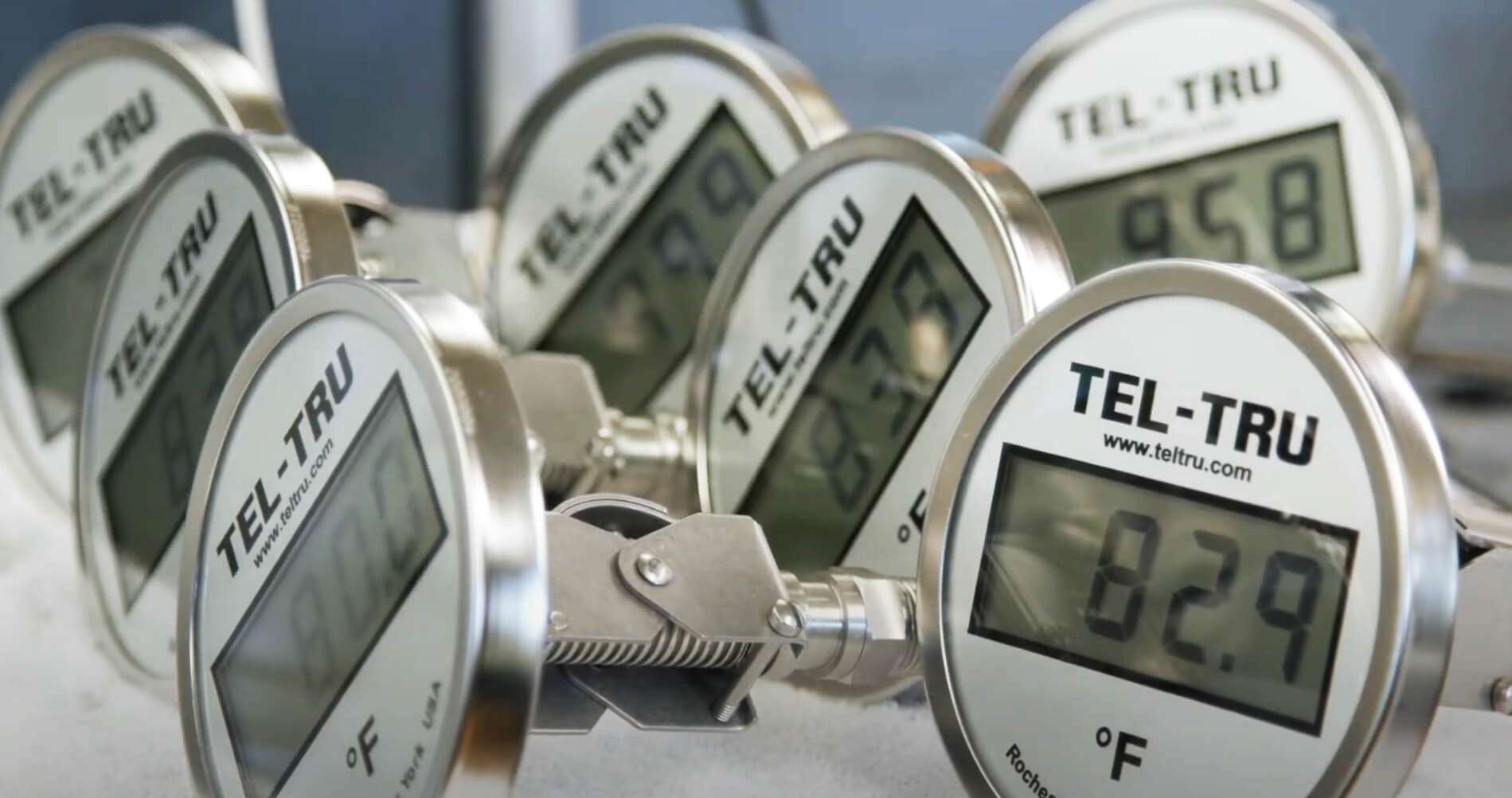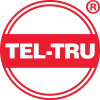In the picture, what is the correct area to place the thermometer?
The manual says in a corner of the top grate.
It’s not specific As to what the top grate is.
Blue, red, or white mark in the photo ?
Trying to get my stove top temps dialed into the stove. When I load it up with 5 or so cuts set the air to control to closed, I see temps around 700 after all the wood catches on fire. This is using when the thermometer is on the blue mark. Wondering if I am getting a false reading if I should be moving it to another color.
Thoughts please! First time sold burner and absolutely loving keeping my uninsulated 1860s natural stone house with zero insulation warm !!
!!
![[Hearth.com] Jotul f45 thermometer question [Hearth.com] Jotul f45 thermometer question](https://www.hearth.com/talk/data/attachments/285/285879-2e76aa36a878c4eb0361a701c2c2c748.jpg?hash=J20VRN6VdE)
The manual says in a corner of the top grate.
It’s not specific As to what the top grate is.
Blue, red, or white mark in the photo ?
Trying to get my stove top temps dialed into the stove. When I load it up with 5 or so cuts set the air to control to closed, I see temps around 700 after all the wood catches on fire. This is using when the thermometer is on the blue mark. Wondering if I am getting a false reading if I should be moving it to another color.
Thoughts please! First time sold burner and absolutely loving keeping my uninsulated 1860s natural stone house with zero insulation warm
 !!
!!![[Hearth.com] Jotul f45 thermometer question [Hearth.com] Jotul f45 thermometer question](https://www.hearth.com/talk/data/attachments/285/285879-2e76aa36a878c4eb0361a701c2c2c748.jpg?hash=J20VRN6VdE)





![[Hearth.com] Jotul f45 thermometer question [Hearth.com] Jotul f45 thermometer question](https://www.hearth.com/talk/data/attachments/286/286026-5f9c955c8c587c023e98bf8b78e4ff85.jpg?hash=wCdke8Gces)